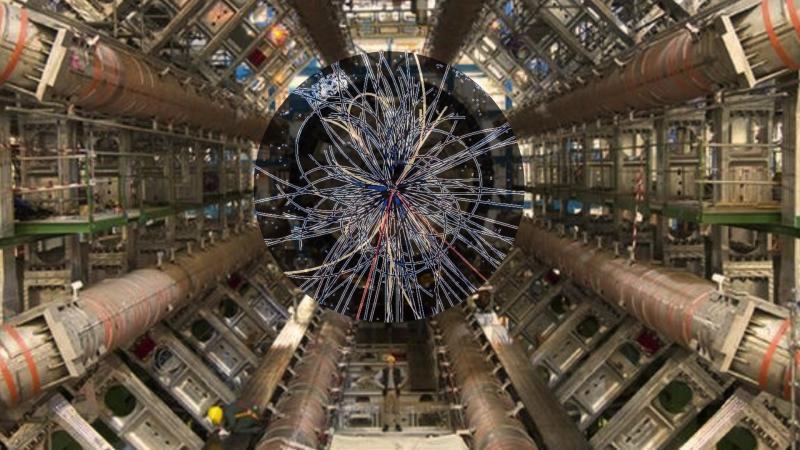
CERN Scientists Shedding Light on Antimatter & Universe’s Origins
The mysteries of antimatter have long fascinated scientists, and recent discoveries at CERN’s Large Hadron Collider (LHC) are shedding new light on these elusive particles. The ALICE collaboration, a team of researchers from around the world, has made a groundbreaking announcement, confirming the first evidence of antihyperhelium-4 (α). This significant breakthrough offers valuable insights into the fundamental forces of nature, the balance between matter and antimatter, and the early moments of the universe.
What is Antimatter?
Antimatter is a type of matter that has the same mass as regular matter but opposite charges. When antimatter comes into contact with regular matter, it annihilates, releasing a vast amount of energy in the process. This phenomenon is known as matter-antimatter annihilation. Antimatter is extremely rare in the universe, making up only about 0.000001% of the total matter-energy density.
The Large Hadron Collider (LHC)
The LHC is a powerful particle accelerator located at CERN, the European Organization for Nuclear Research, in Geneva, Switzerland. It is a circular tunnel that stretches over 27 kilometers in circumference, with two beams of protons circulating in opposite directions. The LHC is used to smash protons together at incredibly high energies, recreating the conditions that existed in the early universe.
The Discovery of Antihyperhelium-4 (α)
The ALICE collaboration, one of the many experiments conducted at the LHC, has been studying the collisions of heavy ions, such as lead and gold. These collisions produce a plethora of exotic particles, including antimatter. Recently, the ALICE collaboration detected the first evidence of antihyperhelium-4 (α), a type of antimatter that consists of two antiprotons and two antineutrons.
Implications of the Discovery
The discovery of antihyperhelium-4 (α) offers several significant implications for our understanding of the universe. Firstly, it provides evidence that antimatter can be produced in high-energy collisions, which challenges our current understanding of the matter-antimatter balance. Secondly, it sheds light on the fundamental forces of nature, such as electromagnetism and the strong and weak nuclear forces, which govern the behavior of antimatter.
The Early Universe
The early universe was a hot and dense plasma, with temperatures reaching millions of degrees. Under these conditions, matter and antimatter would have been created in equal amounts, according to the Standard Model of particle physics. However, the universe as we know it today is dominated by matter, with only a tiny amount of antimatter remaining. The discovery of antihyperhelium-4 (α) suggests that the early universe may have had a different composition than previously thought, with antimatter playing a more significant role.
Challenges and Future Directions
While the discovery of antihyperhelium-4 (α) is a significant breakthrough, it also presents several challenges and future directions. One of the main challenges is understanding the properties of antimatter, which is extremely difficult to study due to its rarity and instability. Future experiments at the LHC will aim to produce even more antimatter, allowing scientists to study its properties in greater detail.
Conclusion
The discovery of antihyperhelium-4 (α) at CERN’s Large Hadron Collider is a groundbreaking achievement that sheds new light on the mysteries of antimatter. As scientists continue to unravel the secrets of antimatter, we may uncover new insights into the fundamental forces of nature and the early moments of the universe. This research has the potential to revolutionize our understanding of the universe and the laws of physics that govern it.
Source:
https://researchmatters.in/news/exotic-antimatter-spotted-heavy-ion-collisions-lhc






